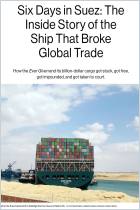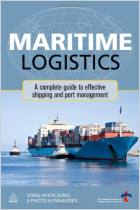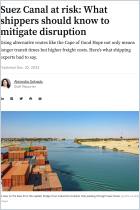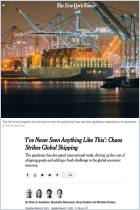
How to Rescue the World’s Biggest Cargo Ships
Enormous container ships ferry goods all over the world, but when one of them gets into trouble – as happened with the Ever Given and the Ever Forward recently – how can they be saved?
Recommendation
Container ships transport 90% of the items moved in global trade, carrying goods through passages and ports vulnerable to blockage. The ship themselves may cost hundreds of millions of dollars. They are orders of magnitude larger than cargo ships used to be, so the cost and consequences of shipwrecks are correspondingly higher. When these giant ships run into trouble, salvage operators – “salvors” – come on scene to save them — if possible. Writing for BBC, Chris Baraniuk explains how salvors rescue ships, even in the midst of typhoons, and why their rescue efforts matter to everyone.
Summary
About the Author
Freelance science and technology journalist Chris Baraniuk contributes to The Scientist as well as to the BBC.

















Comment on this summary